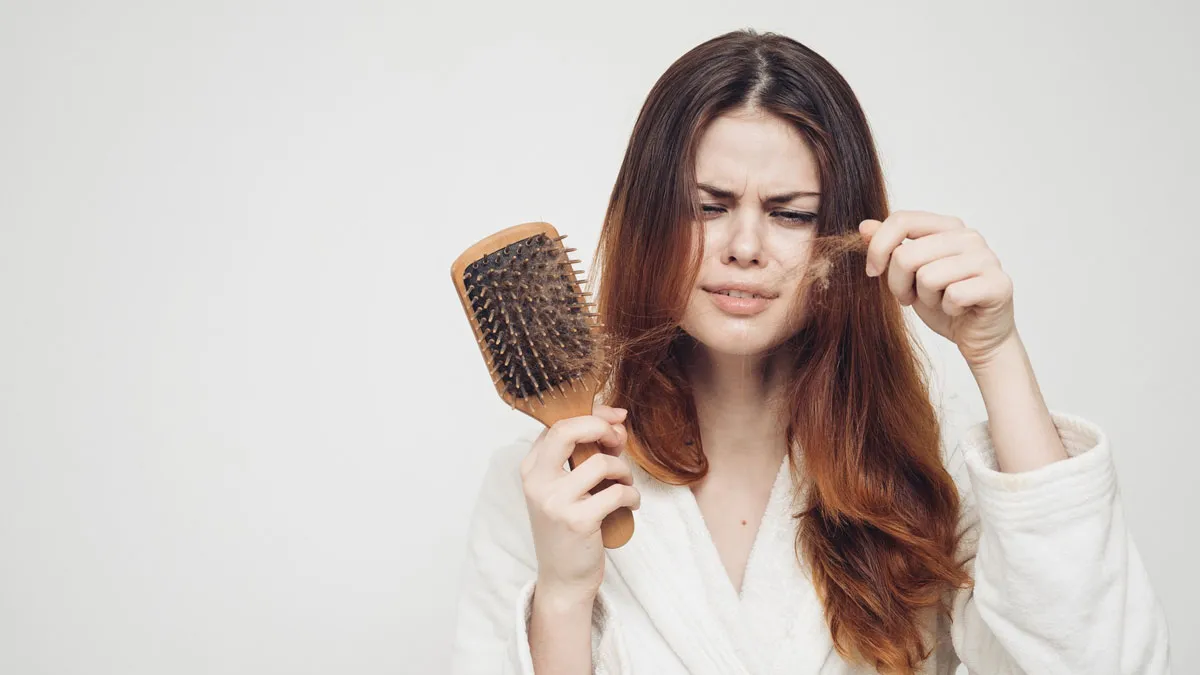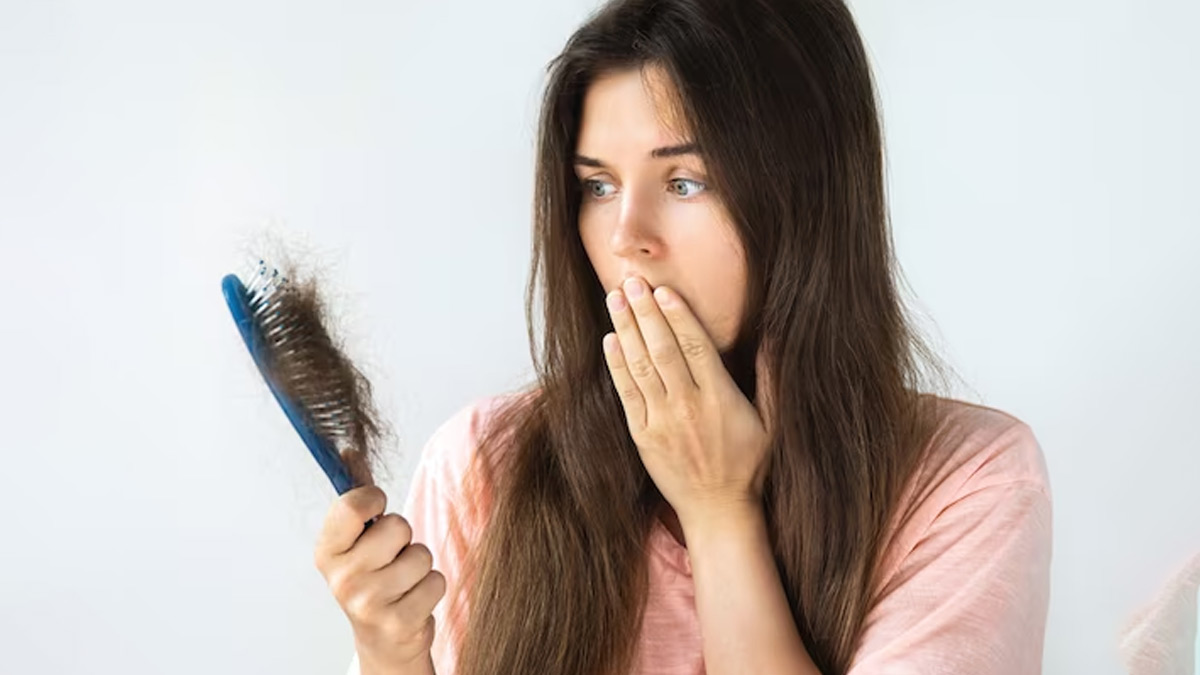
Monsoon season means cool spells of breezes, nourishing rains, and sadly for many comes the excess hair fall. If it is not unusual for you to notice more hairs on your pillow, in your hair comb, or congested in the shower drain during the raining months, you are not alone and we have got a fix for you. However, it is important to understand why does this happen. Hence, we spoke to our expert, Dr Sanjeev Gulati, Department of Dermatology, Sharda Hospital - Noida. Here is everything he shared with us.
Table of Content:-
Dr Gulati explained that in monsoon, the normal individual can have 30% more hair loss than what is considered normal. "The rate of hair fall, normally between 50 to 100 strands a day, increases to 150 to 200 strands a day during monsoon," he highlighted.
Why Does Hair Shed More In Monsoon?
Here's the science and lifestyle behind this seasonal hair loss.
1. Humidity damages hair roots
The most significant reason for monsoon hair fall is the high humidity levels in the atmosphere. Excess moisture causes the scalp to become sweaty and oily, even if you’re not physically exerting yourself. This leads to:
- Weakened hair roots
- Excessive scalp buildup
- Blocked hair follicles
As a result, hair strands loosen easily from their roots, making hair fall more noticeable.
2. Scalp Infections Are More Common
The mixture of water, perspiration, and grime forms the ideal breeding environment for fungal and bacterial scalp infections. Fungal and bacterial scalp infections such as dandruff, seborrheic dermatitis, and folliculitis of the scalp may develop or intensify during the rainy season, resulting in increased hair loss.

3. Nutritional Imbalance and Immunity Dip
Monsoon tends to arrive with digestive troubles and compromised immunity, resulting in compromised nutrient intake. Inadequate intake of essential hair nutrients such as:
- Biotin
- Zinc
- Vitamin D
- Iron
These can have a direct effect on the health of hair and speed up hair loss.
4. Monsoon Hair Care Mistakes
Numerous unknowingly add to hair loss by:
- Tying wet hair: Further weakens the roots
- Applying rough shampoos: Removes natural oils, causing scalp imbalance
- Skipping shampoos after getting soaked in rainwater: Dirt and sweat get trapped, clogging pores
These bad habits cause hair to become more susceptible to breakage and fall.
5. Hair's Natural Growth Cycle Plays a Role
Hair goes through a cycle: growth (anagen), rest (telogen), and fall (catagen). Changes in seasons, such as a transition from summer to monsoon, can lead to telogen effluvium, a transient process during which more hair goes into the shedding phase because of stress, hormonal changes, or environmental conditions.
How to Control Monsoon Hair Loss
Though hair shedding is a natural process, with proper care, you can reduce the devastation. Here are some expert-approved tips:
- Keep your scalp dry and clean: Shampoo with mild anti-fungal shampoo twice a week.
- Gently dry hair: Do not tie wet hair or rub with rough towels.
- Feed from within: Follow a well-balanced diet with proteins, omega-3s, and vitamins.
- Employ a wide-tooth comb: Avoids unnecessary breakage.
- Visit a dermatologist: If hair fall is severe or continues even after the season.
Bottomline
Monsoon hair loss is to be expected to some degree, but knowing why it happens can allow you to take preventive measures. Proper scalp hygiene, a healthy diet, and taking care of your hair can minimize seasonal shedding and make your hair healthier throughout the year.
Also watch this video
How we keep this article up to date:
We work with experts and keep a close eye on the latest in health and wellness. Whenever there is a new research or helpful information, we update our articles with accurate and useful advice.
Current Version